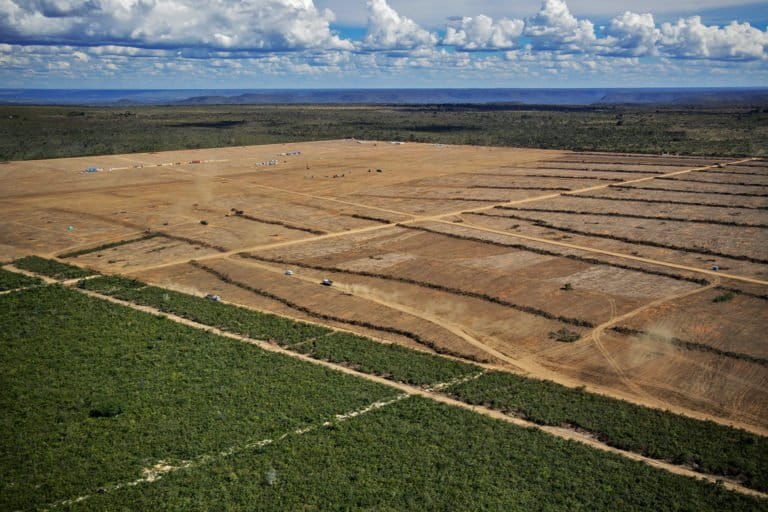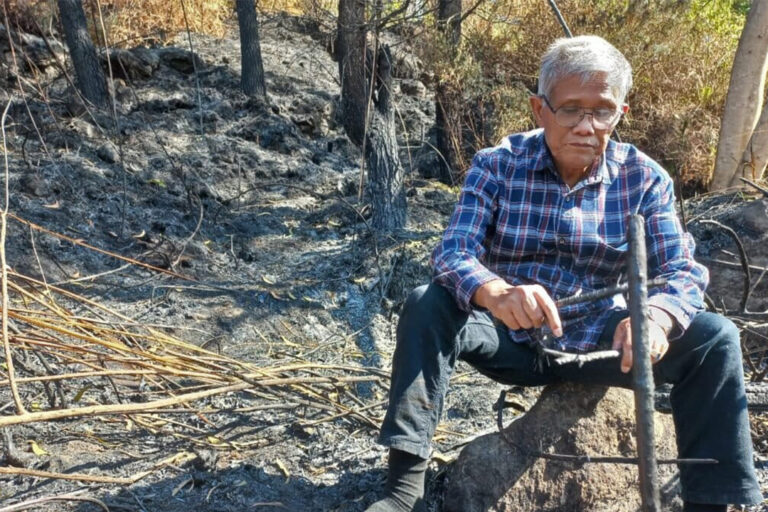- A newly published study in the Proceedings of the National Academy of Sciences reveals that certain ecosystems may be more resistant to warming temperatures than previously thought.
- The study focused on how rates of temperature change in mountain streams, which the researchers call “stream climate velocities,” may affect cold-water species that have been deemed vulnerable or threatened according to IUCN criteria.
- The study concludes that the results give “hope that many native species dependent on cold water can persist this century and mountain landscapes will play an important role in that preservation.”
Amidst the grim predictions concerning climate change, a newly published study in the Proceedings of the National Academy of Sciences reveals that certain ecosystems may be more resistant to warming temperatures than previously thought. Researchers from the U.S. Forest Service, the U.S. Geological Survey, NOAA, the University of Georgia, and the Queensland University of Technology discovered that mountain streams in the Northwestern U.S. are warming at a slower rate than predicted, and in turn providing crucial refuge for cold-water species.
“The great irony is that the cold headwater streams that were believed to be most vulnerable to climate change appear to be the least vulnerable,” Daniel Isaak, a fish biologist for the U.S. Forest Service, said in a news release.
The study focused on how rates of temperature change in mountain streams, which the researchers call “stream climate velocities,” may affect cold-water species that have been deemed vulnerable or threatened according to IUCN criteria. These species include the bull trout (Salvelinus confluentus), cutthroat trout (Oncorhynchus clarkii), westslope cutthroat trout (Oncorhynchus clarki lewisi), and the Rocky Mountain tailed frog (Ascaphus montanus). Scientists found that mountain streams have, for the most part, successfully resisted temperature shifts that could make them uninhabitable for these cold water-loving fish and amphibians.
“Thermal habitat in mountain streams is highly resistant to temperature increases and that many populations of cold-water species exist where they are well-buffered from climate change,” the researchers concluded in the paper.

Utilizing data from 923 sites across 222,000 square kilometers of mountain streams coupled with species’ distribution data, the scientists created predictive models that allow for a detailed analysis of the climate velocities of these areas and the risk of biodiversity loss. Their results indicate that these streams, which are typically considered highly vulnerable to warming temperatures, are changing at a much slower rate than predicted.

Between 1968 and 2011, mountainous streams in the area have warmed on average approximately 0.101 degrees Celsius per decade, while air temperatures have been warming more than twice as much (0.21 degrees Celsius per decade).
A number of factors may contribute to the unexpected resilience of mountain stream environments. The steeper topography of mountainous areas may provide a “shield” that helps to slow rates of temperature increase in cold-water streams. Or streams may see slower warming due to proximity to snow fields or shade from forest canopies. Additional research is necessary to understand why mountain streams are so resistant to rising air temperatures.

Putting the data into a Geographic Information System (GIS) allowed researchers to build a visualization that helped draw conclusions concerning the fate of mountain stream environments and predict changes in cold-water species populations throughout the next century.

Scientists at the U.S. Forest Service have launched a number of research endeavors dedicated to tracking changes in stream temperatures as well as the distributions of cold-water species. Efforts include the Climate Shield program and the Bull Trout e-DNA Project, both of which have been working to collect data and create models that predict the future of environments and species survival in the Northwest U.S.

According to Isaak, there is still much to be done to gain a more in-depth understanding of the patterns seen in both stream data and cold-water species biodiversity. It is crucial to take advantage of the wide breadth of data that has already been obtained and will be collected in the next few years. One of the future goals of the research is “crowdsourcing data” in an effort to “diversify data models to show patterns for other aquatic species,” Isaak said.
Although climate change has hit some ecosystems particularly hard, such as coral reefs and the Arctic, Isaak asserted that “there are silver linings to climate change,” such as the relative resilience of mountain stream environments that we must consider. The study concludes that the results give “hope that many native species dependent on cold water can persist this century and mountain landscapes will play an important role in that preservation.”
According to Isaak, research on mountain streams has played an important role in revealing that, at least in mountain streams in Northwestern U.S., “change is occurring more slowly, and we have more of a fighting chance.”
Citations:
Isaak, Daniel J. et al. (2016). Slow climate velocities of mountain streams portend their role as refugia for cold-water diversity. Proceedings of the National Academy of Sciences, 113, 4374-4379. http://www.pnas.org/content/113/16/4374.abstract
US Forest Service Press Office. Mountain Streams Offer Climate Refuge (April 4th, 2016). http://www.fs.fed.us/news/releases/mountain-streams-offer-climate-refuge
US Forest Service, Rocky Mountain Research Station. Climate Shield Cold-Water Refuge Streams for Native Trout. http://www.fs.fed.us/rm/boise/AWAE/projects/ClimateShield.html













